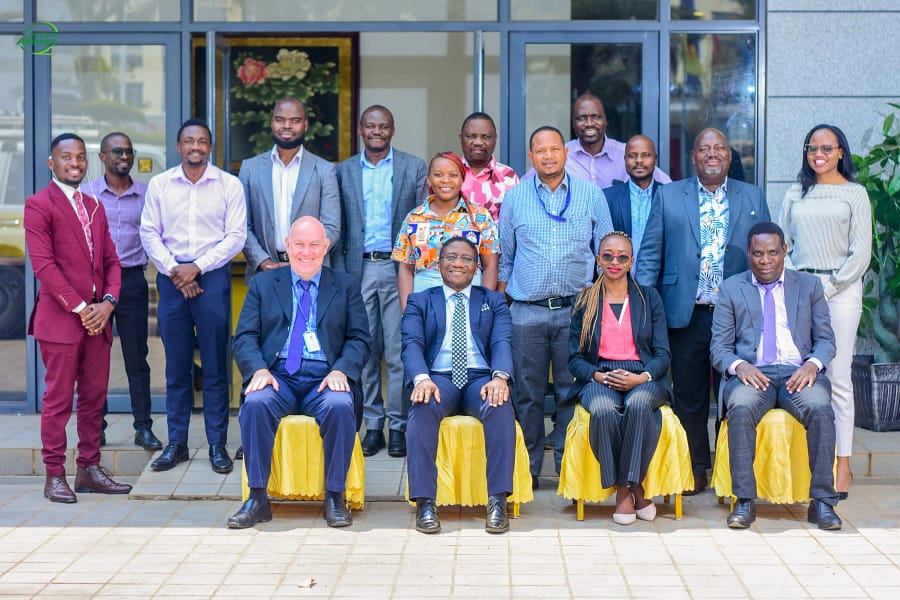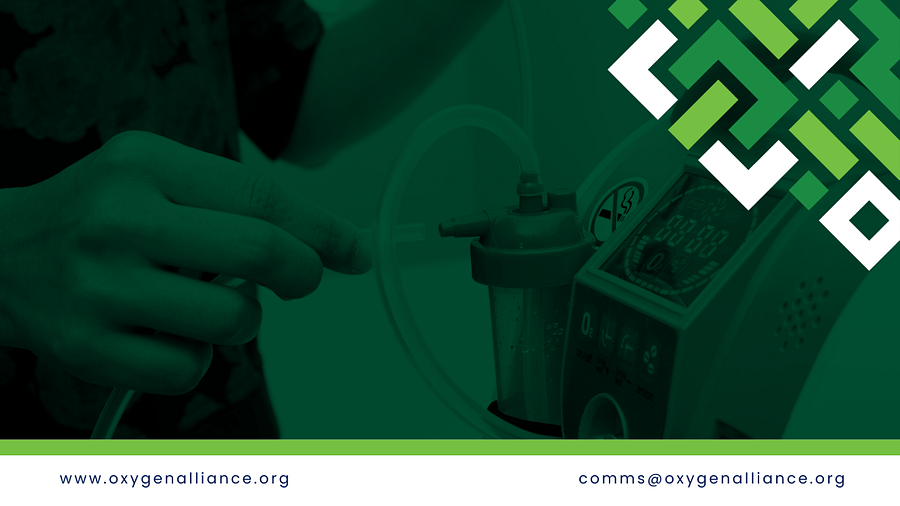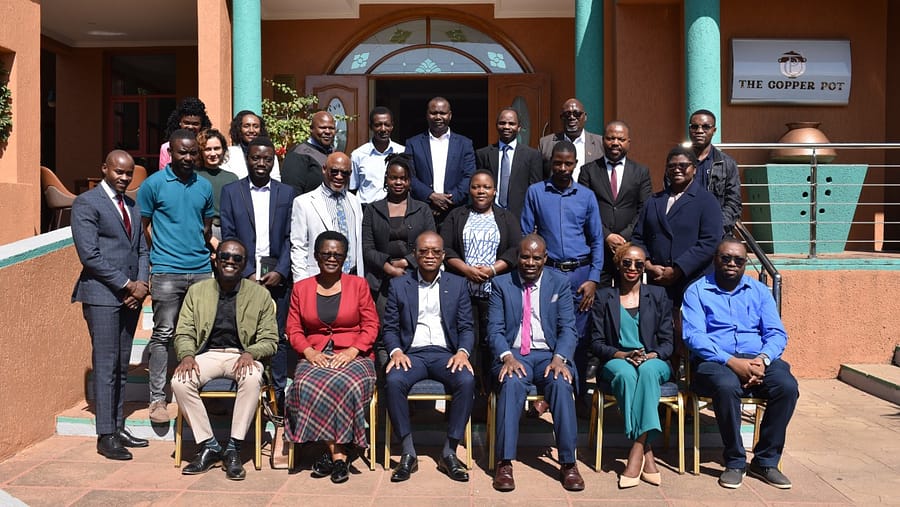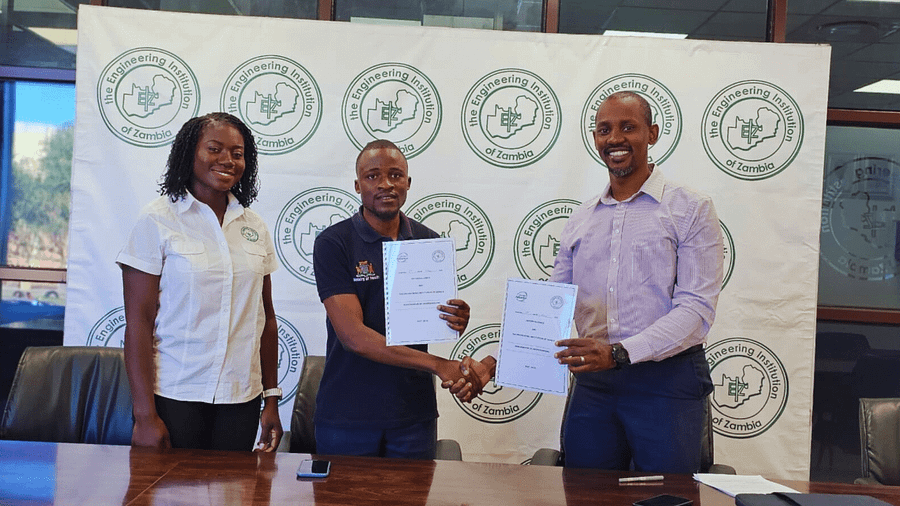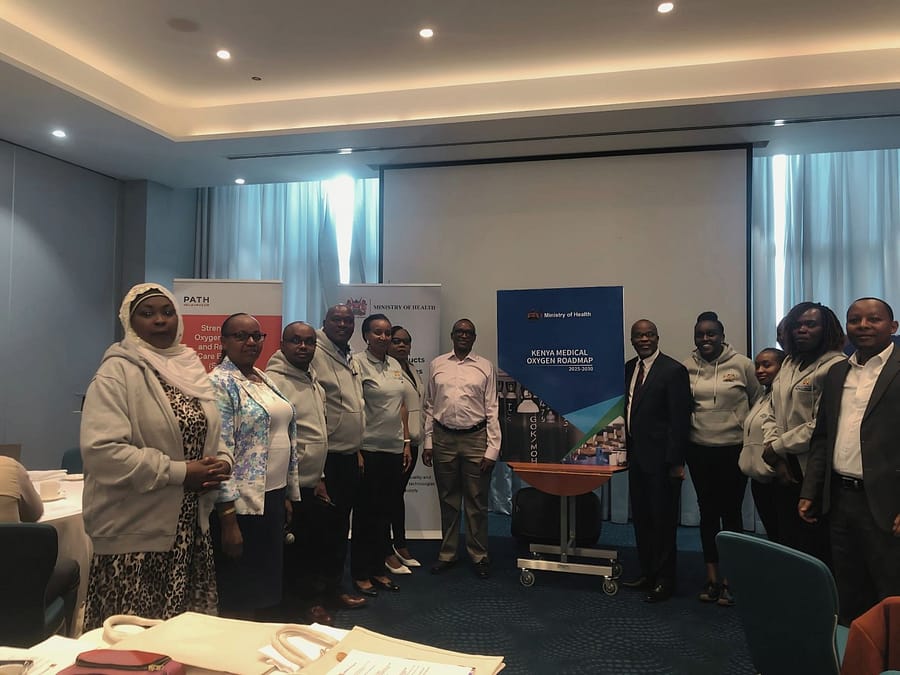Imagine a surgeon unable to perform a life-saving operation because the hospital’s only anaesthesia machine is broken, a compromised diagnostics lab due to non-functional sterilization equipment, or a child struggling to breathe because an oxygen concentrator is out of service. This isn’t a hypothetical; it’s a daily reality born from a crisis of broken medical equipment that impacts patient survival across many low- and middle-income countries.
Ending this crisis is the core mission of the Oxygen Alliance. While our journey began with the oxygen equipment ecosystem, our work has long evolved to strengthen the entire health technology ecosystem—from national policy to the skills of a single technician.
This past quarter marks a period of continuous progress as the Oxygen Alliance translates the foundational data from our situational analyses in 6 countries into far-reaching, system-level change. This data-driven approach empowers ministries of health with the evidence for strategic decisions, enables cross-country comparisons, and provides actionable reports back to individual health facilities, creating clear opportunities for targeted interventions, like working with partners through a biomedical engineering maturity model to foster sustainable growth.
From shaping national workforce strategy in Malawi to contributing to Kenya’s health roadmap, this update highlights the tangible impact of this evidence-based, collaborative action.
📌Mobilizing a Nation to Strengthen its Healthcare Workforce📌
In Malawi, the Oxygen Alliance, in collaboration with the country’s Ministry Of Health Malawi , convened a national stakeholder meeting on May 29, 2025. The objective; to address systemic workforce challenges in the biomedical engineering sector, and create resilient health systems for effective care, through workforce development.
The forum was a direct response to a 2024 situation analysis by Oxygen Alliance across 15 healthcare institutions with a total bed capacity of 4,617 beds, that identified five pervasive misalignments impeding progress:
- ✳️A mismatch between the supply of BME graduates and health system demand.
- ✳️An imbalance between technicians and engineers in health facilities.
- ✳️The absence of a structured postgraduate internship pathway.
- ✳️A lack of mandatory continuing professional development (CPD).
- ✳️A conflict between equipment disposal laws and academic training needs.
This demonstrates an incredible return on philanthropic investment: a single, focused engagement mobilized 31 leaders from 15 key institutions, creating a national consensus that will undoubtedly positively impact Malawi’s biomedical engineering workforce and subsequently, the country’s entire healthcare system for years to come.
🟢[Learn More About Our Work in Malawi]
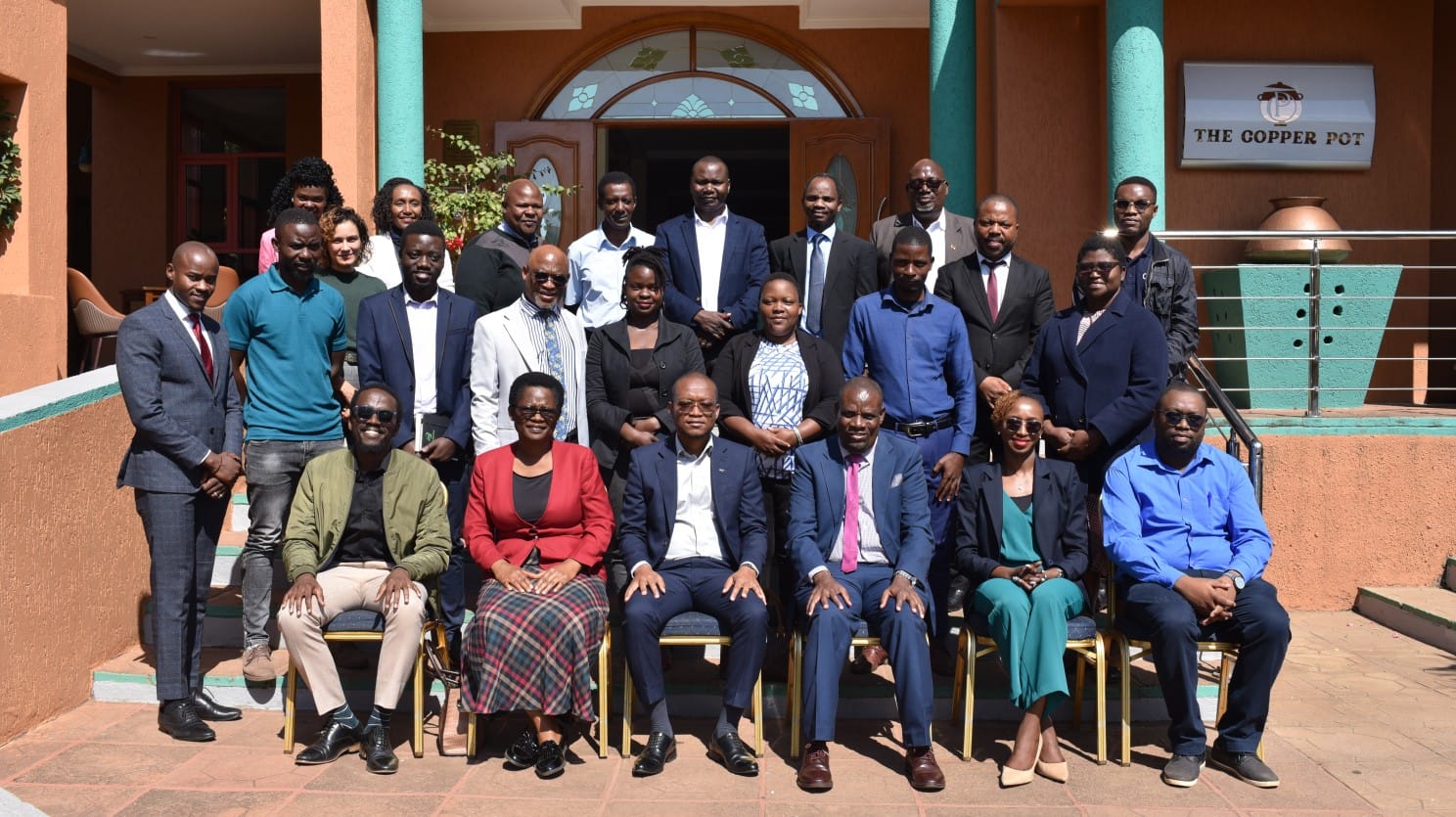
Systemic Change: From National Roadmaps to Empowered Professionals
📌Contributing to Kenya’s National Oxygen Roadmap📌
The Oxygen Alliance celebrates the launch of the Kenya Medical Oxygen Roadmap 2025-2030, a landmark collaborative achievement led by the Ministry of Health, Kenya , county governments, and partners including PATH , Clinton Health Access Initiative, Inc. , and Amref Health Africa , with support from The Global Fund and the Gates Foundation .
This milestone is a powerful affirmation of the Oxygen Alliance’s core mission. We believe that true access to life-saving technology is only possible when the focus shifts from simple procurement to long-term sustainability. Without skilled biomedical engineers and robust maintenance systems—the very foundation of our work—even the most advanced medical equipment will ultimately fail.
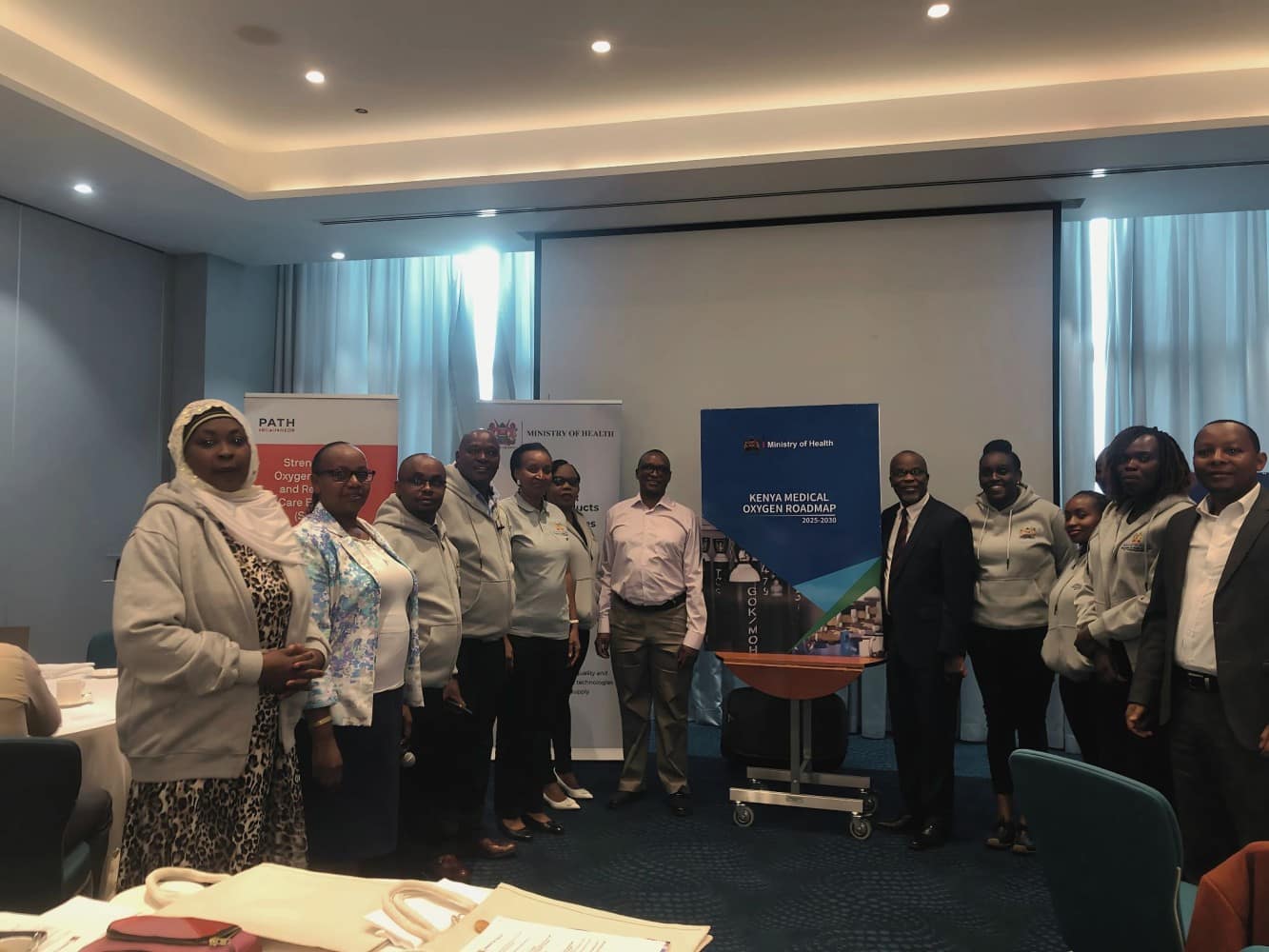
Our contribution to this national strategy, therefore, focused on embedding these critical principles of workforce development and sustainable equipment management into the roadmap. As Kenya and its partners now move to implement this ambitious plan, the Oxygen Alliance is committed to providing the technical support needed to ensure these strategies translate into functional, life-saving equipment at the point of care.
🟢[Read the Kenya Medical Oxygen Roadmap]
📌Navigating Complex Environments📌
In Liberia, where challenges include non-functional oxygen plants and significant gaps in equipment, infrastructure, and human resources, a multi-pronged approach is crucial. The Alliance is focused on building local capacity and forging strategic partnerships to address the country’s specific needs.
To address these significant gaps, the Alliance is implementing a targeted strategy focused on data and local empowerment. A planned situational analysis across 12-16 facilities, to be led by local engineers, will provide a clear evidence base for future work. This is complemented by continuous professional development through upcoming webinars and by leveraging a global network for support. For instance, the Alliance is engaging equipment partners like Diamedica to provide specialized training resources on anaesthesia machines and oxygen concentrators to fill identified knowledge gaps.
📌Investing in a Continent-Wide Network of Expertise📌
Our strategy focuses on leveraging support for exponential impact.
✅In Zambia, a new strategic partnership with the the Engineering Institution of Zambia (EIZ), the nation’s regulatory body, unlocks professional development for an entire country’s biomedical engineers. This single agreement provides EIZ members with access to training and knowledge sharing, multiplying their skills and the lifespan of critical equipment across countless facilities. 🟢[Read the Full Partnership Announcement]
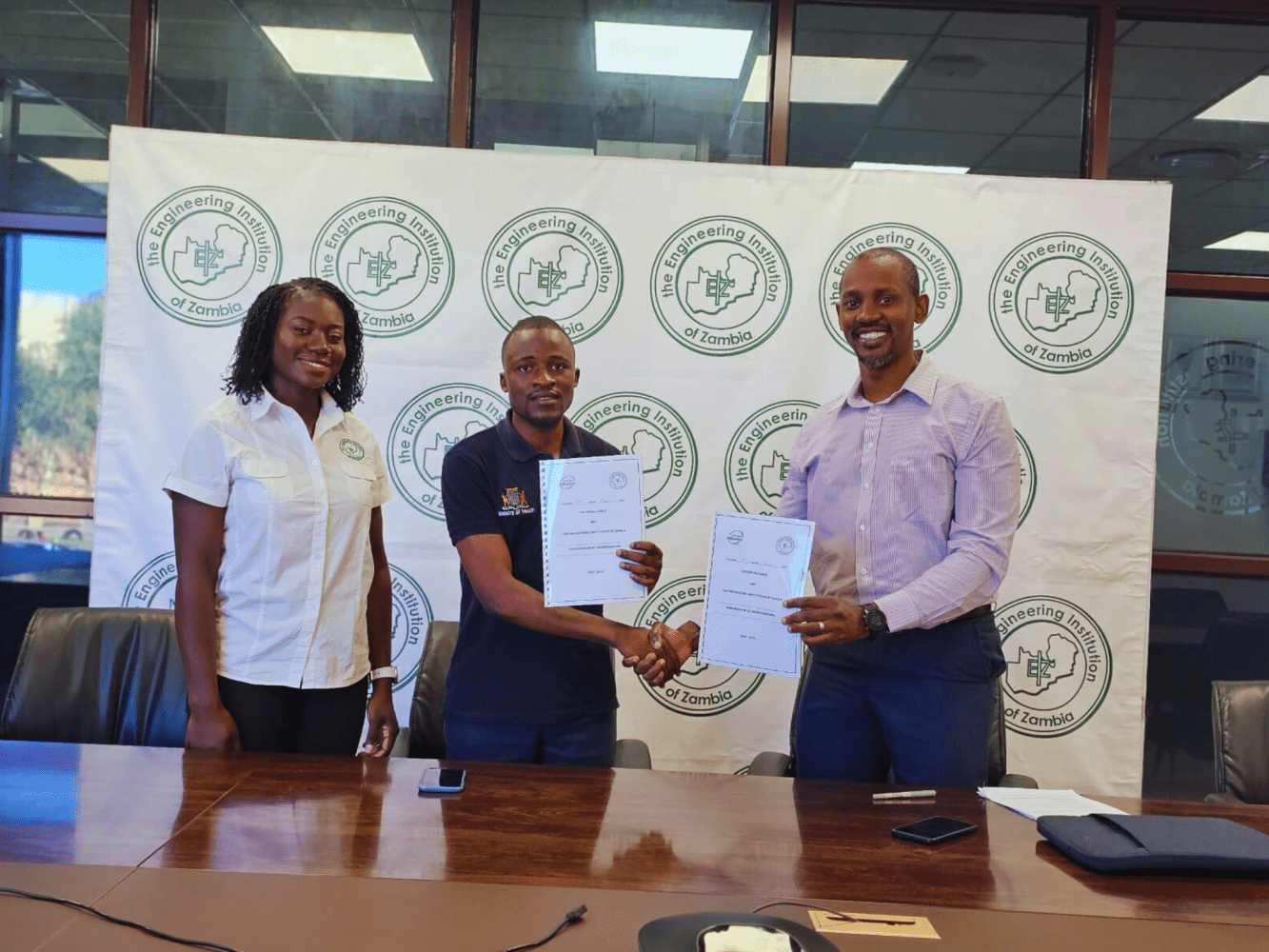
✅In Tanzania, a donation of medical equipment—received from DAK International Network and provided by us to the Muhimbili University of Health and Allied Sciences (MUHAS) and Arusha Technical College (ATC). —doesn’t just help one lab. It transforms MUHAS into a training lab for a supported continental network of 21 academic institutions, creating a ripple effect of expertise and workforce readiness across the region.
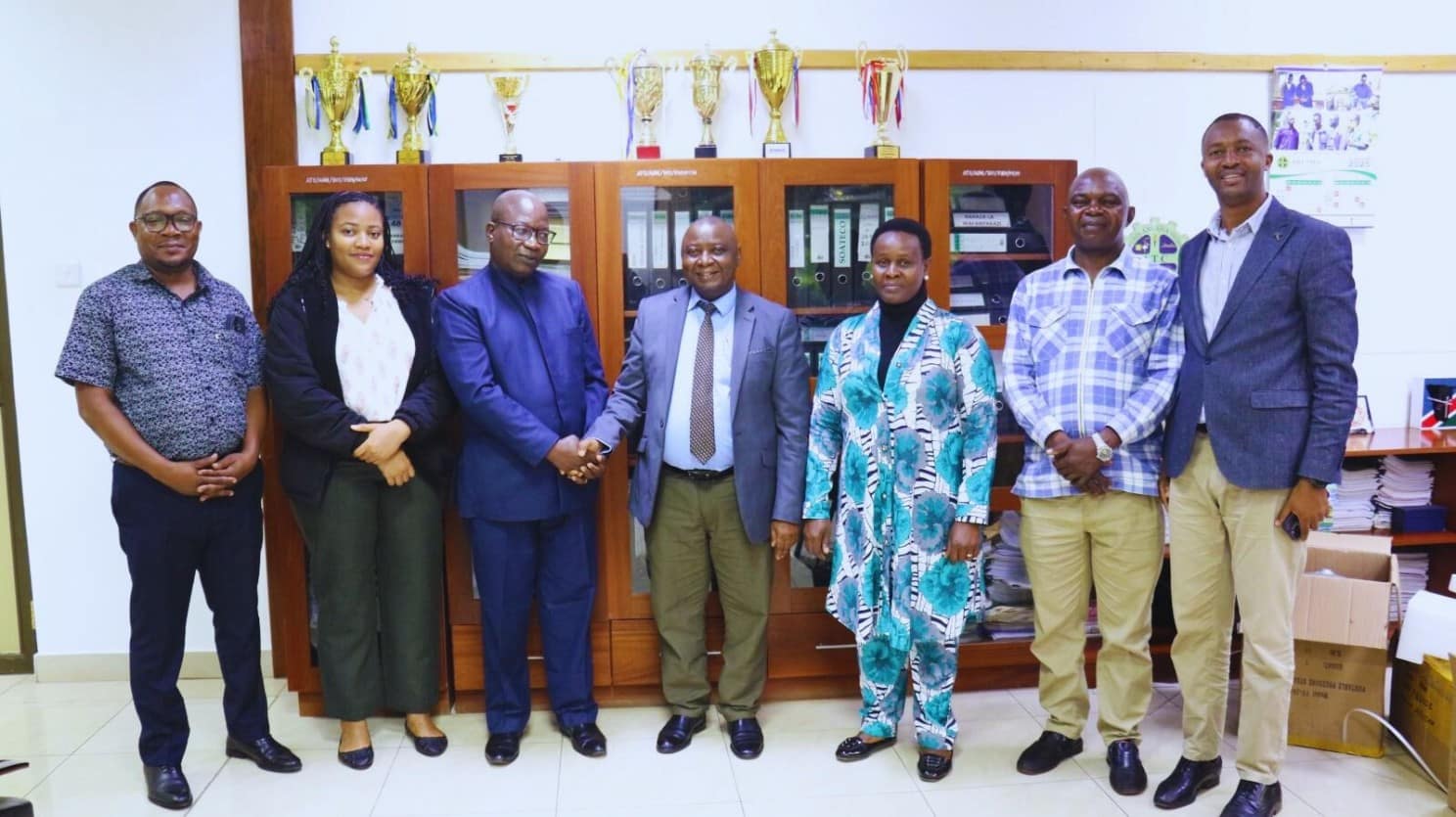
📌Join Us in Building a Sustainable Future📌
From national policy engagement in Kenya to capacity building in Liberia, Oxygen Alliance is committed to a multifaceted, sustainable approach. The challenges are considerable, but so is the dedication of our partners and the biomedical engineering community. Your support enables us to translate these commitments into tangible actions—empowering skilled technicians, equipping policymakers and decision-makers to make data-driven and evidence-informed decisions, helping to ensure equipment functions where it’s needed most, and contributing to improved health outcomes.
🤝SUPPORT OUR MISSION🤝
We welcome new partnerships with governments, academic institutions, and industry leaders who share our commitment to accelerate the development of sustainable health technology ecosystems and build local capacity and ownership.



